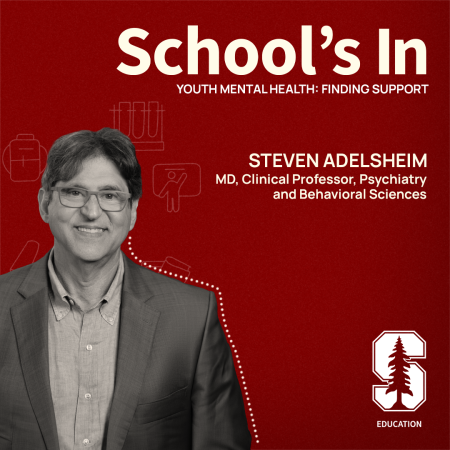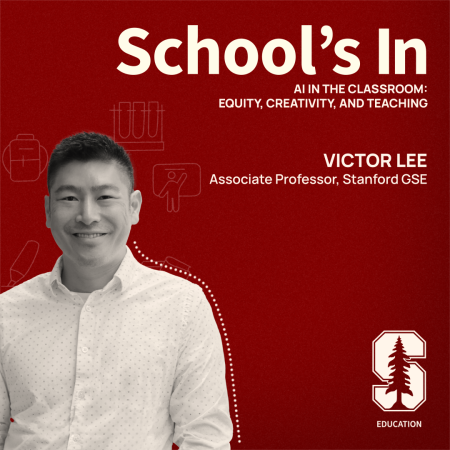
Associate Professor Mitchell Stevens joined Dean Dan Schwartz and Senior Lecturer Denise Pope for a conversation on higher education, including how students choose what courses to take and what a university might have in common with the New York subway system.
You can listen to more episodes of School’s In on SiriusXM Insight channel 121, Apple Podcasts and Soundcloud.
Interview highlights
The paradox of choice
The U.S. academic system is unique in the world in the extent to which it allows – and even obliges – young men and women to make iterative choices once they enter college. We have this idea, that we take for granted, that students are supposed to enter a college and explore, and iteratively investigate a range of courses and discover their passions as they find themselves. No other country on Earth enables or encourages this kind of choice.
In virtually all academic systems, men and women need to declare intended courses of study and then they follow those courses of study pretty studiously. In the U.S., we take this open-sided choice for granted. One of the things it means is that I can only make choices that I know are available to me. I can't choose something that I don't know exists. Or something that I presume isn't right for me, or something that I might presume I'm not able to do. And so the paradox of choice is that the more you give people, the more risk you also imbue them with facing.
What do grades mean?
American academics don't really have any clear and shared understanding of what a grade is supposed to do. Are grades supposed to be high or are they supposed to be low? Are they rewards or are they penalties? Do they represent my judgment as a teacher or some objective evaluation of a student or her academic work? We very rarely in higher education have those conversations explicitly.
Just about everyone has an incentive to nudge the grades higher. The more A's I give, the fewer complaints I get. As an instructor, there are fewer men and women are knocking on my door, and I'm less likely to have students who are going to complain to others about the way I've evaluated them.
The evolution of college
There will always continue to be college; it's just not clear how big that tent is going to be. One of my favorite comparisons is in the 1950s and 60s, Americans decided that a whole new class of institutions – community colleges – were college, too. They were specifically vocationally focused, they weren't focused primarily on four-year degrees, they didn't necessarily lead to white collar jobs. But we called those institutions colleges, and they now proudly serve the majority of Americans. What will the next forms of college that Americans create in the next five to 15 years look and feel like? How big will that tent be? And what role will places like Stanford play in that ever-expanding ecology?


Subscribe to our monthly newsletter.